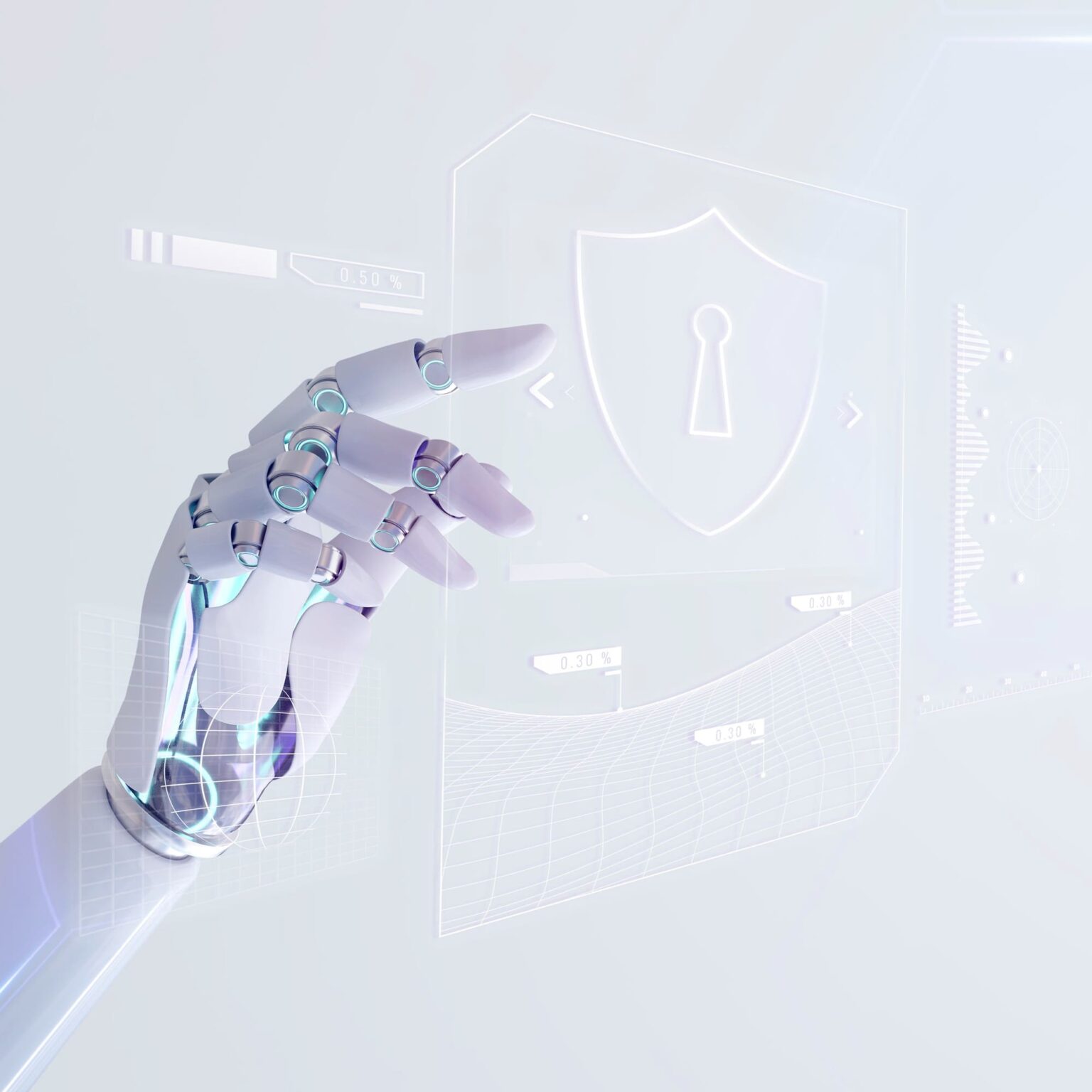The implementation of AI-driven threat detection and response in cybersecurity can help organizations detect and respond to threats more quickly and effectively. However, CIOs face several challenges when implementing AI in cybersecurity, including:
- Data quality and quantity: AI-driven threat detection and response require large amounts of high-quality data to train models effectively. However, cybersecurity data is often incomplete, inconsistent, and unstructured, making it difficult to train AI models accurately.
- Skill gap: Implementing AI in cybersecurity requires specialized skills, including data science, machine learning, and cybersecurity expertise. CIOs may struggle to find and retain talent with these specialized skills, creating a skill gap that can hinder AI implementation.
- Explainability: AI-driven threat detection and response can be complex and difficult to explain, making it challenging for cybersecurity teams to understand and trust AI-generated alerts and recommendations. CIOs must ensure that AI models are transparent and explainable, providing cybersecurity teams with the necessary information to make informed decisions.
- Integration with existing systems: Implementing AI in cybersecurity requires integration with existing security systems, such as firewalls, intrusion detection systems, and security information and event management (SIEM) systems. CIOs must ensure that AI solutions integrate seamlessly with existing systems and do not disrupt normal cybersecurity operations.
- Regulatory compliance: The use of AI in cybersecurity may have regulatory implications, particularly regarding data privacy and security. CIOs must ensure that AI solutions comply with relevant regulations and standards, such as GDPR and ISO 27001.
To overcome these challenges, CIOs can take the following steps:
- Invest in data quality and quantity: CIOs can work with their cybersecurity teams to improve the quality and quantity of cybersecurity data, enabling more accurate and effective AI models.
- Build a strong team: CIOs can invest in recruiting and training cybersecurity experts with the necessary data science and machine learning skills to develop and implement AI-driven threat detection and response solutions.
- Ensure explainability: CIOs can ensure that AI models are transparent and explainable, providing cybersecurity teams with the necessary information to make informed decisions.
- Test and integrate: CIOs can test AI solutions rigorously before integrating them with existing systems, ensuring that they integrate seamlessly and do not disrupt normal cybersecurity operations.
- Ensure regulatory compliance: CIOs can work with their legal and compliance teams to ensure that AI solutions comply with relevant regulations and standards, such as GDPR and ISO 27001.
By taking these steps, CIOs can overcome the challenges of implementing AI-driven threat detection and response in cybersecurity, enabling organizations to detect and respond to threats more quickly and effectively.



